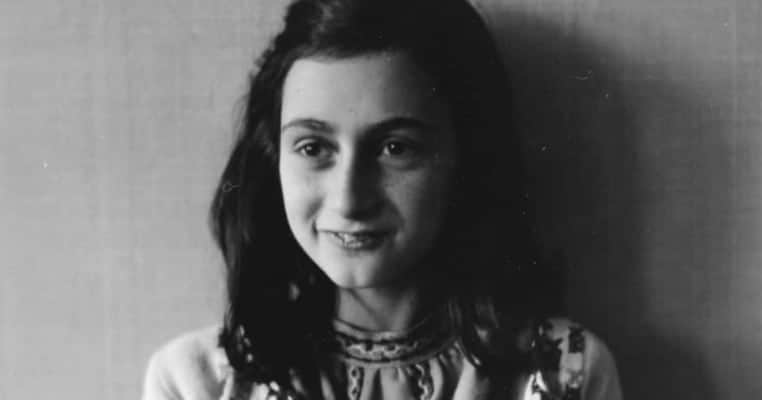Anne Frank is quite possibly the most famous victim of the Holocaust or Shoah. Captured by an SS officer in 1944, after two years in hiding in Amsterdam, she was first sent to Auschwitz and finally to Bergen-Belsen. She died in early 1945 in Bergen-Belsen during a Typhus outbreak, although her cause and date of death were never officially recorded. Her sister died within a week or two of her. Of the eight Jews who hid in the annex in Amsterdam, Anne’s father, Otto Frank, is the only one who survived.
Anne wrote two versions of her diary while in hiding. The first was more personal and focused on the trials of growing up in a stressful time and living in relative social isolation. The second was inspired by a BBC broadcast asking people in the Netherlands to document their experiences under the Nazis to create a historical record of their atrocities. With an eye towards becoming a journalist and writer, Anne rewrote her diary with a more historical slant intended for publication. Her journal, edited by her father, has become one of the most widely read books in the world. Few children go through school without learning about the haunting diary.
30. Anne Frank’s Family Lived In Hiding For Two Years

The Frank family lived in Amsterdam for many years after fleeing Nazi Germany due to fears over their anti-Semitic policies. Otto worked for a company that sold spices and fruit pectin as their agent in Amsterdam. After the initial Nazi invasion of the Netherlands, he made his business look “Aryan” by transferring financial control to gentiles. When Jewish persecution intensified in the Netherlands, he was forced to go into hiding with his family and Jewish friends.

